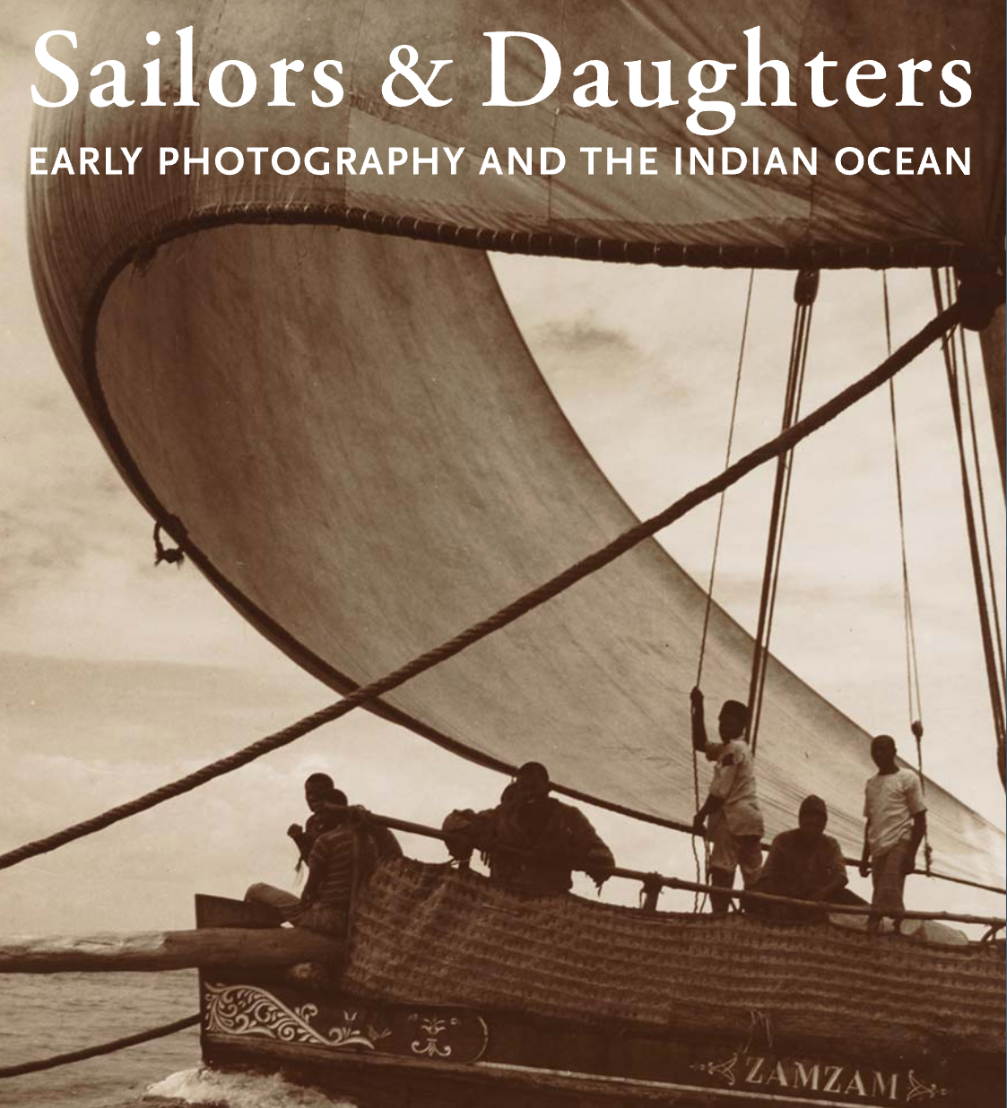
Review: Sailors and Daughters: Early Photography and the Indian Ocean
“Sailors and Daughters: Early Photography and the Indian Ocean” is an online exhibition created by the Smithsonian’s National Museum of African art. The exhibition is vast and filled with relatively easy-to-digest explorations of maritime culture and the lives of women along the East African coast. Featuring a vast collection of photographs, postcards, and lithographs, the curators explored the cultures of the interconnected regions of the Indian Ocean in the late 19th and early 20th centuries.
There is a great emphasis on the significant roles played by the coastal cities of Zanzibar, Mombasa, and Mogadishu. These cities served as epicenters of the trade networks of the Indian Ocean, serving as lively metropolitan areas European, African, Indian, and Arab cultures interacted and molded with each other. The actual photographs are stunning, vibrant, and raw. There is truth in every face, old and young. There are millions of stories behind the emotions stirring in the eyes captured by these photos.
I commend the Smithsonian for centering the exhibition on women, given Western history’s tendency to marginalize the role of women in cultures across the world. It is by underlining the stories and faces of these women that we get a clearer and richer understanding of the daily life of those living in these everchanging cities. There is a sense of intimacy that is achieved in the rawness of the stories and of the faces of the often-nameless subjects of the photographs.
The highlight of the exhibition is—in my opinion at least, as a self-proclaimed map nerd—is the way the curators approached the Indian Ocean itself. It is no longer just a geographical background, but the main character of the story. Beyond the map are the photos of the occupants of the vast sea: the boats and sailors, the coastal communities they traveled from. The sea is centered as the source of the livelihood of these subjects, and the way this is depicted in photograph is jarring, yet essential.
From a strictly technical standpoint, the website interphase does need work. After trying the website on several different browsers, there was still some formatting issues with the website, wherein the photos would overlap the text. There is also a need for more information, or further reading notes. I yearned for more didactic information. Nevertheless, the Smithsonian does well to create an accessible exhibition of the maritime culture and lives of women along the East African coast.
View the exhibition here: https://indian-ocean.africa.si.edu/
Post a comment